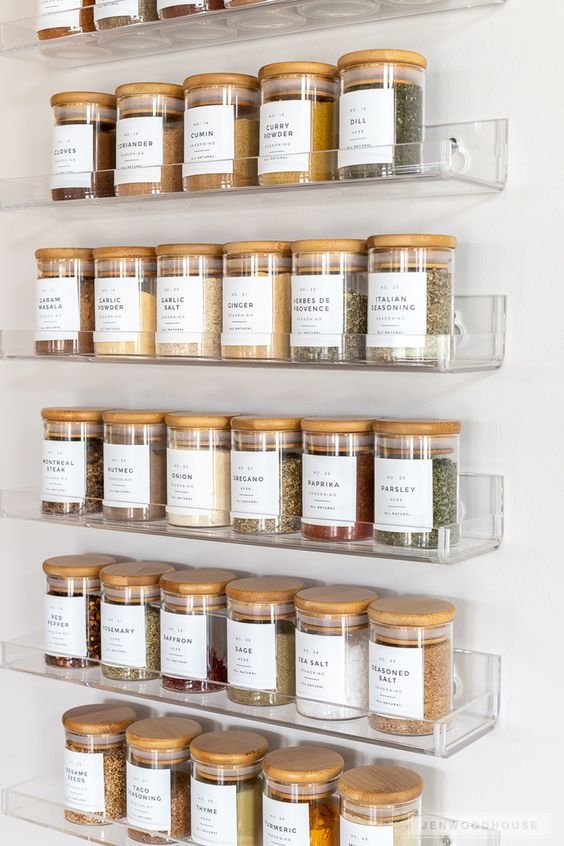How to Design & Stock Your Pantry
Although it’s often overlooked when designing a home, your pantry is a space that you’re likely to use every single day. So it’s worth taking some time to design and stock it well! Having a well-laid-out pantry will save you a ton of time when searching for the right ingredients, make cleaning easy, and you’ll always be able to see when you need to run to the store. More than just a store closet, your pantry can also flow nicely from your kitchen to create a cohesive and pleasing design. Here’s how to design and stock your pantry just right.
Photo via Instagram @worldmarket
Starting with the build of the pantry, your shelving is the first thing to install. Make sure you install shelves that are deep enough to properly store your food. The ideal depth for pantry shelving is 16–20 inches, to make sure that you have enough room to store your items properly without them falling out. In a small space, however, you can still benefit from more narrow shelving, provided it’s at least deep enough to store a can or bottle of something.
Photo via signaturedesignskitchenbath.com
Consider adding multiple types of storage units to your pantry, to accommodate the needs of all kinds of different foods. Start by listing the types of food you regularly buy and what conditions they need to stay fresh, then create different types of storage to suit them. For example, open-air baskets or drawers are great for loose fruit and vegetables that need some breathing room, while sealed masonry jars will work best for cereals and grains.
Photo via sitchu.com.au
A pantry can get messy very quickly thanks to the many different kinds of dried foods we tend to accumulate over the year. From spices to grains to canned soups and jars of sauce, your shelves will fill up quickly with odd shapes and sizes. For a cohesive, clean look, you can keep things neat and tidy with consistent sets of containers. Try to get batches of matching containers for your go-to items, for example, a set of small clear jars for spices, tall containers for breakfast cereals, and matching masonry jars for dried goods like pasta and rice. With these containers, you’ll also be able to bulk buy long-lasting foods and refill your serving containers as needed – saving you money while your pantry stays looking clean and tidy!
Photo via homebunch.com
Use all of the height you have in your pantry, especially if you are working with a small space. Build high shelves and cupboards to store items that you access less frequently, such as baking goods or additional cookware; or for items that you want out of reach of children, like candies and sodas. You can use a ladder or a stepping stool to keep things accessible.
Photo via mydesignchic.com
While we’re talking about using every available space in small pantries, don’t forget about your pantry door. There are plenty of options for clever door storage, with small narrow pockets or shelves that can be used for smaller and more frequently used items like spices and condiments.
Photo via onekindesign.com
Most items in your pantry will benefit from a cool, dry storage space away from sunlight. A door to close your pantry off from the main kitchen is key to shading your foods and keeping them safe from spoiling, and it will also keep your kitchen looking as neat and tidy as can be.






